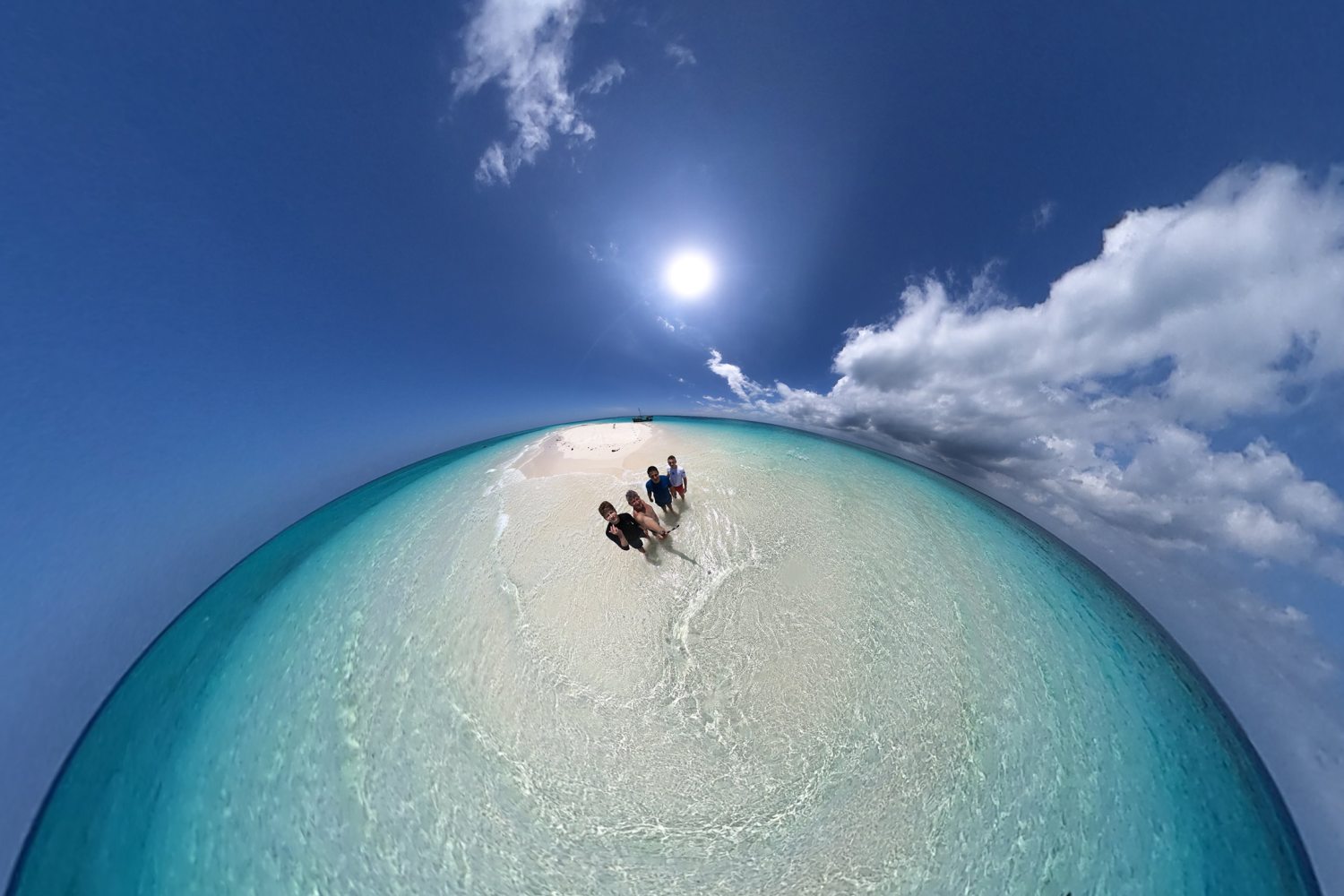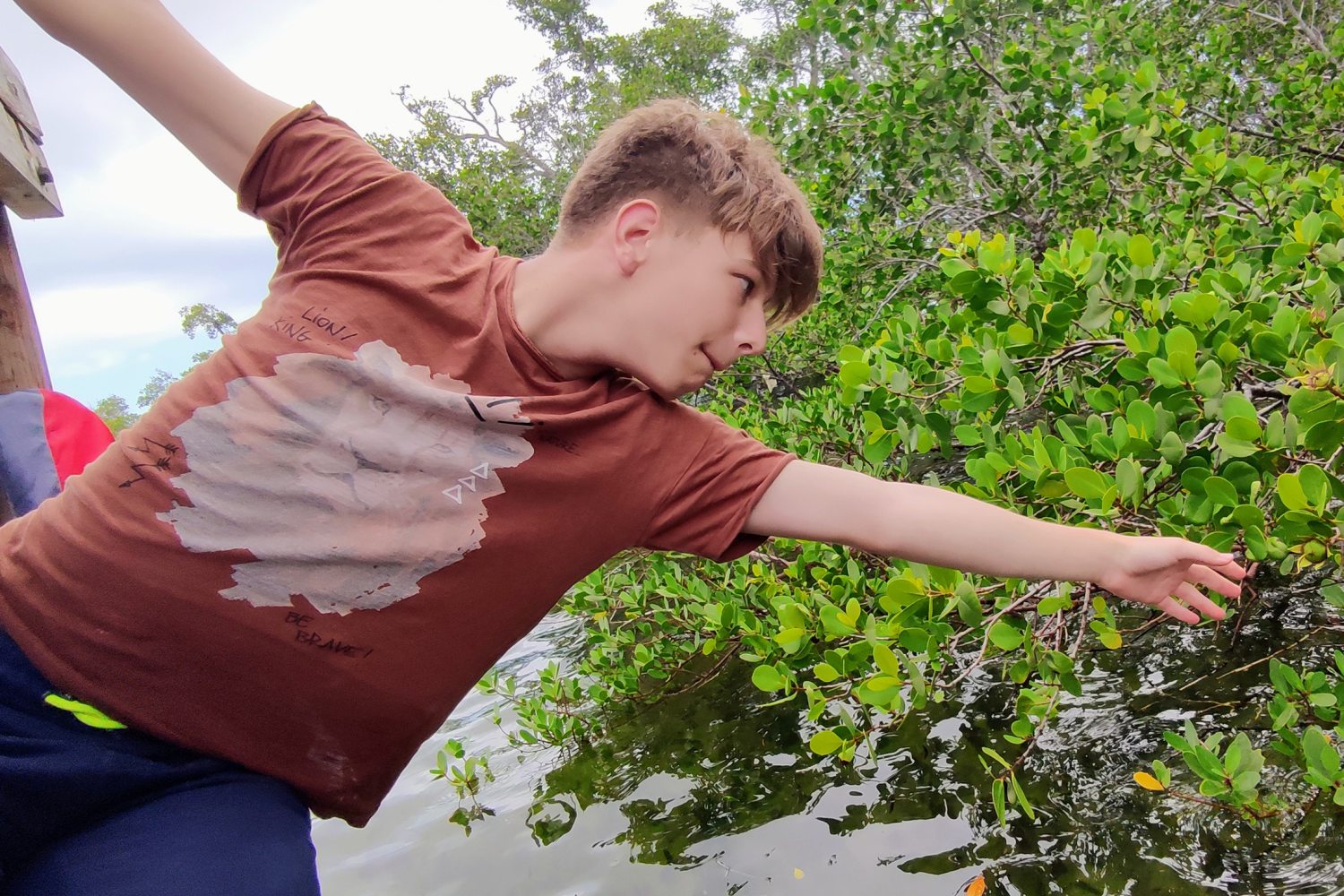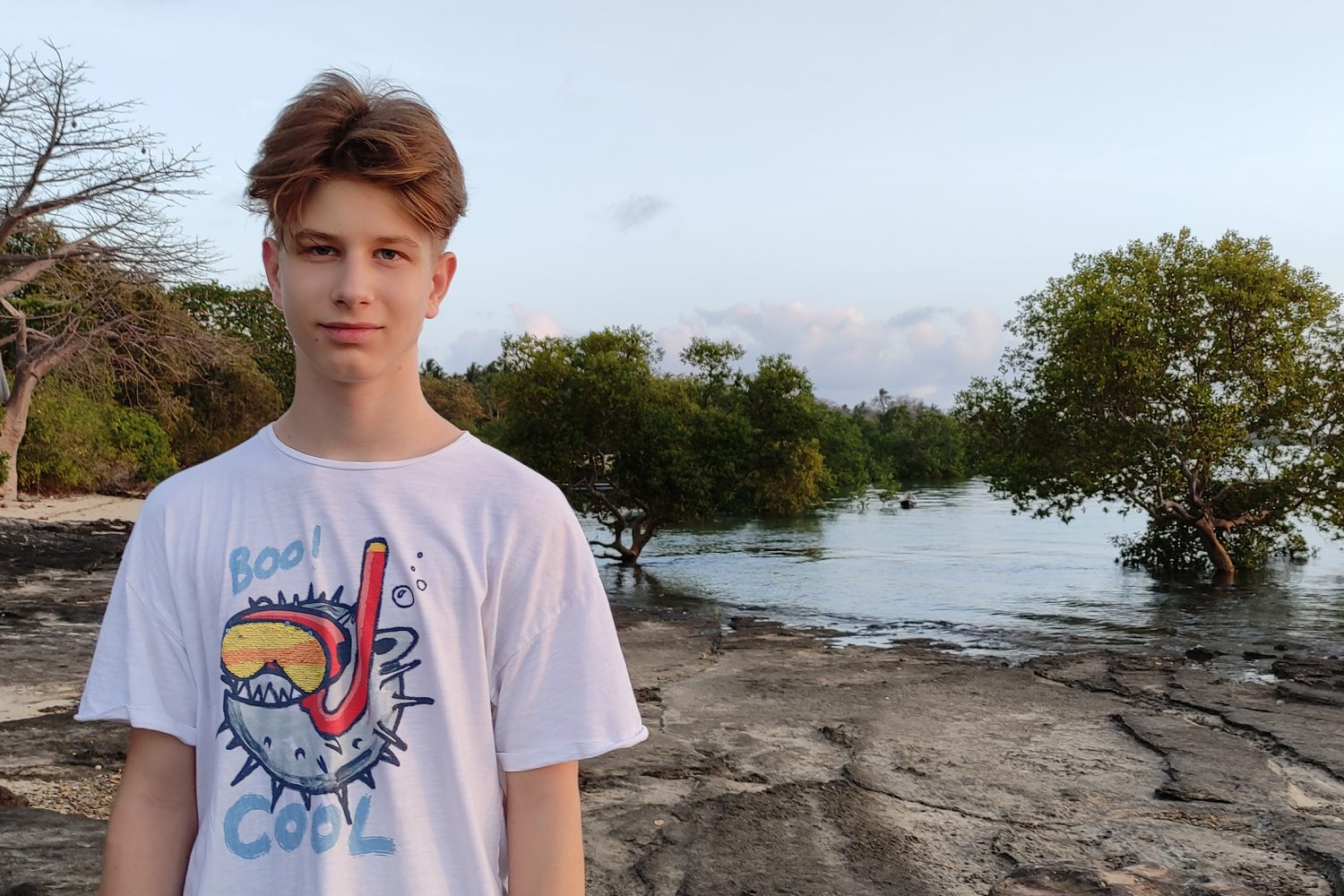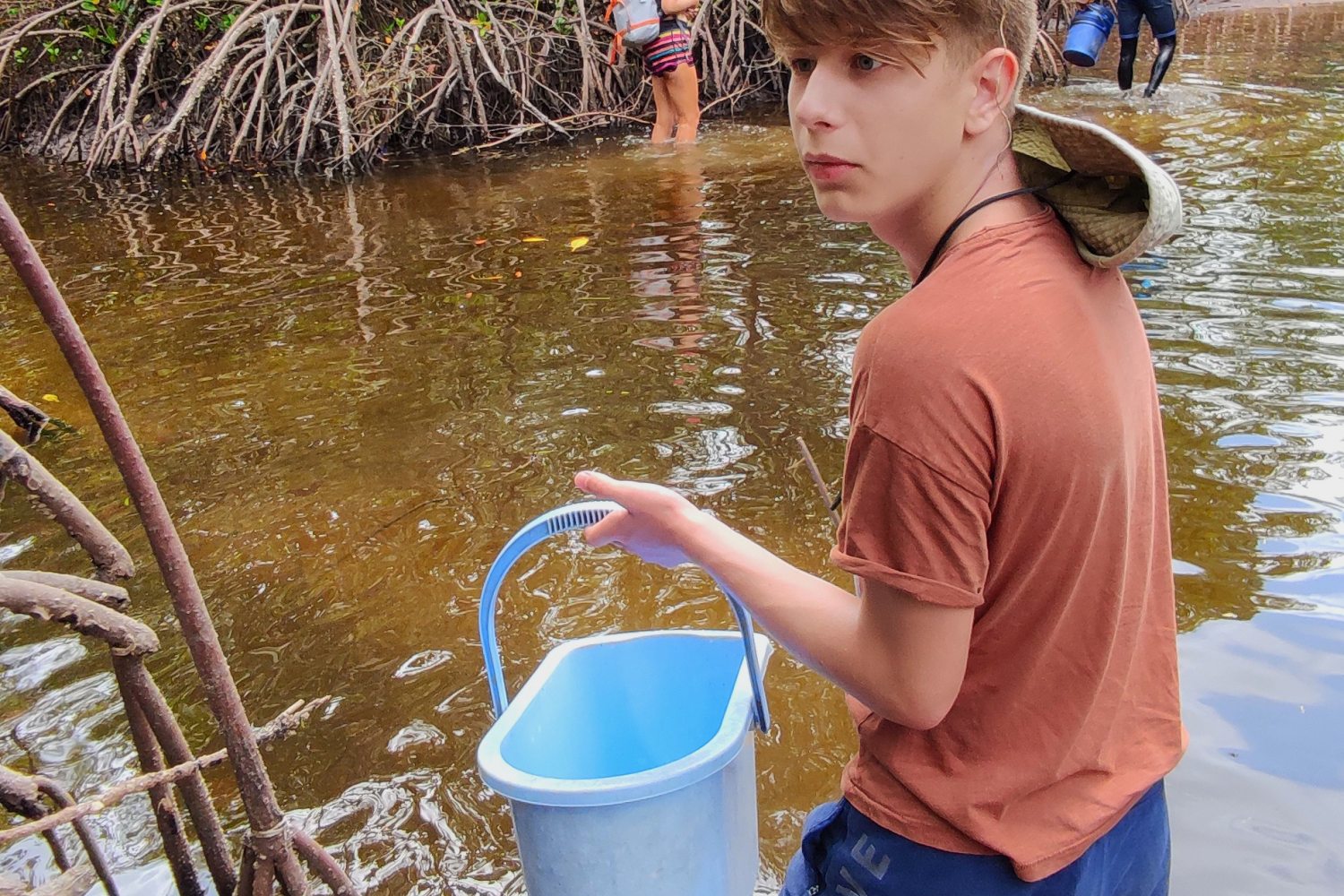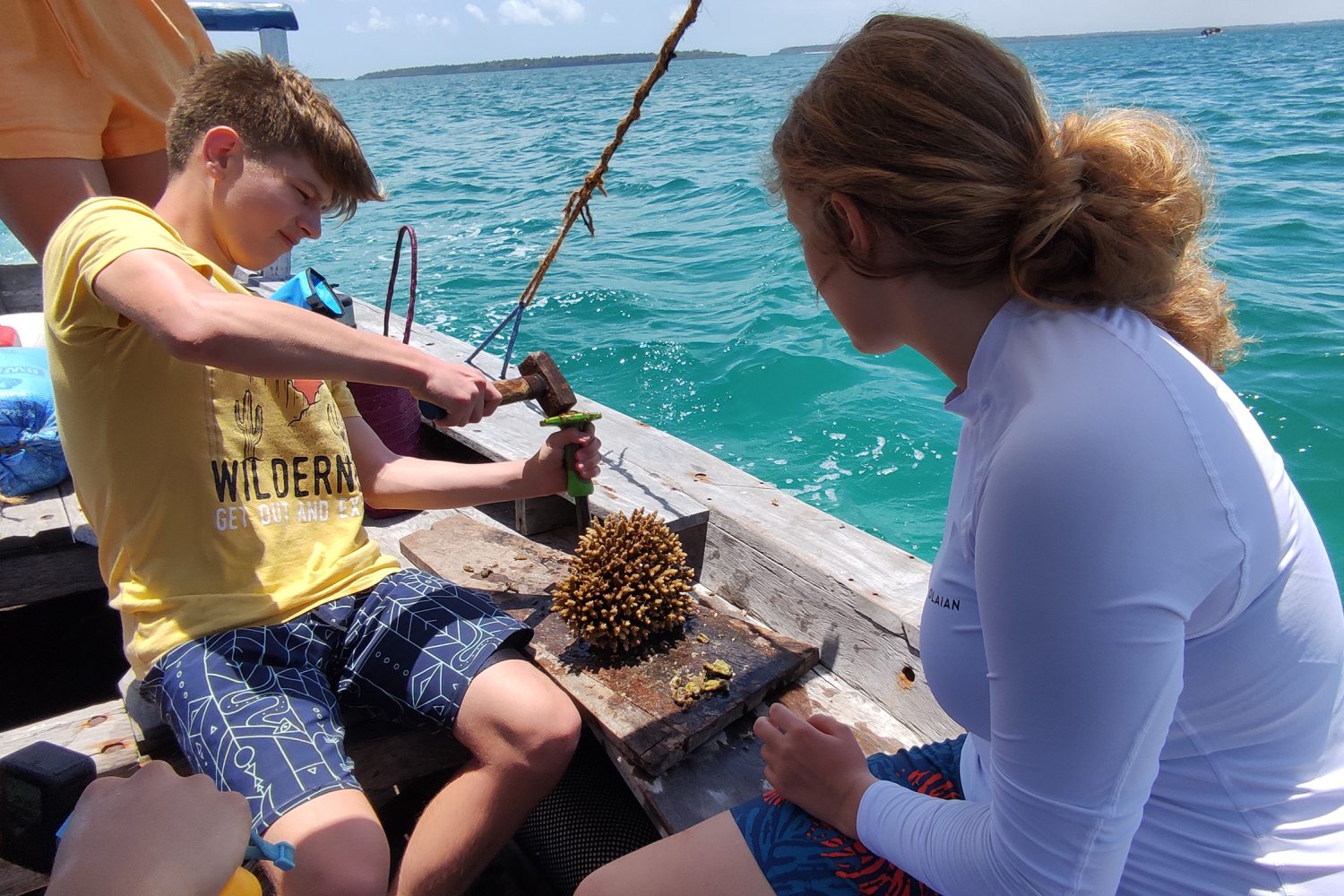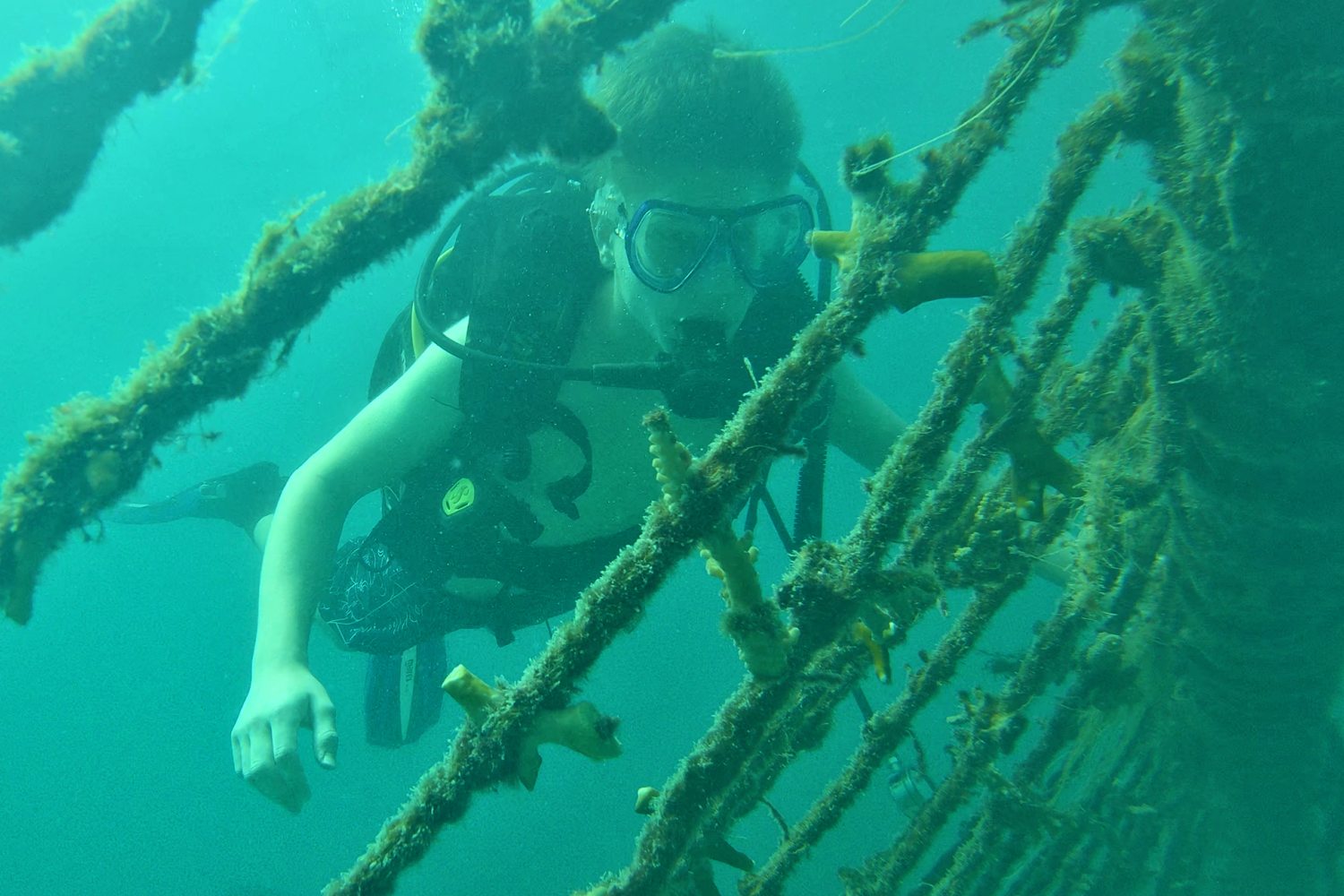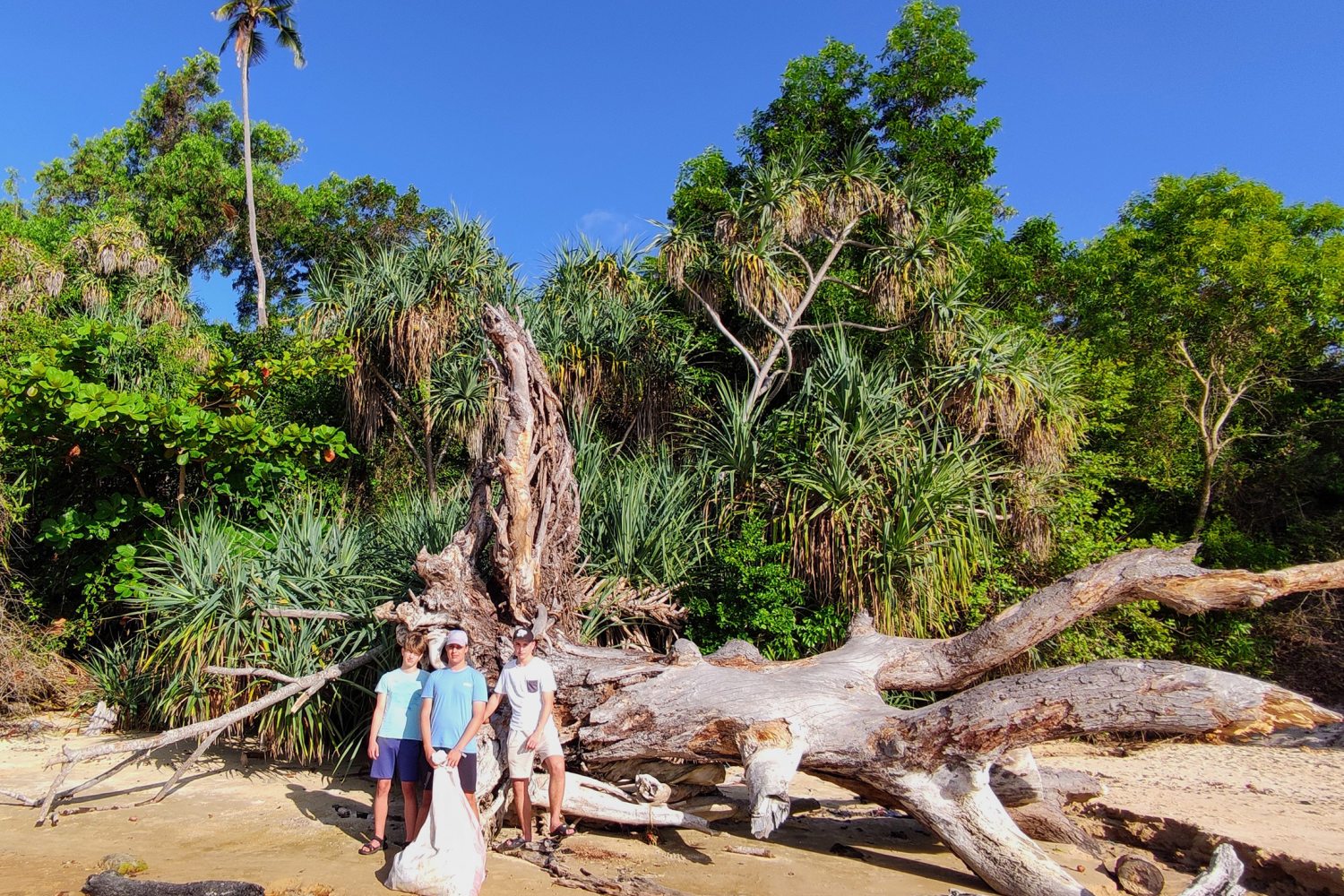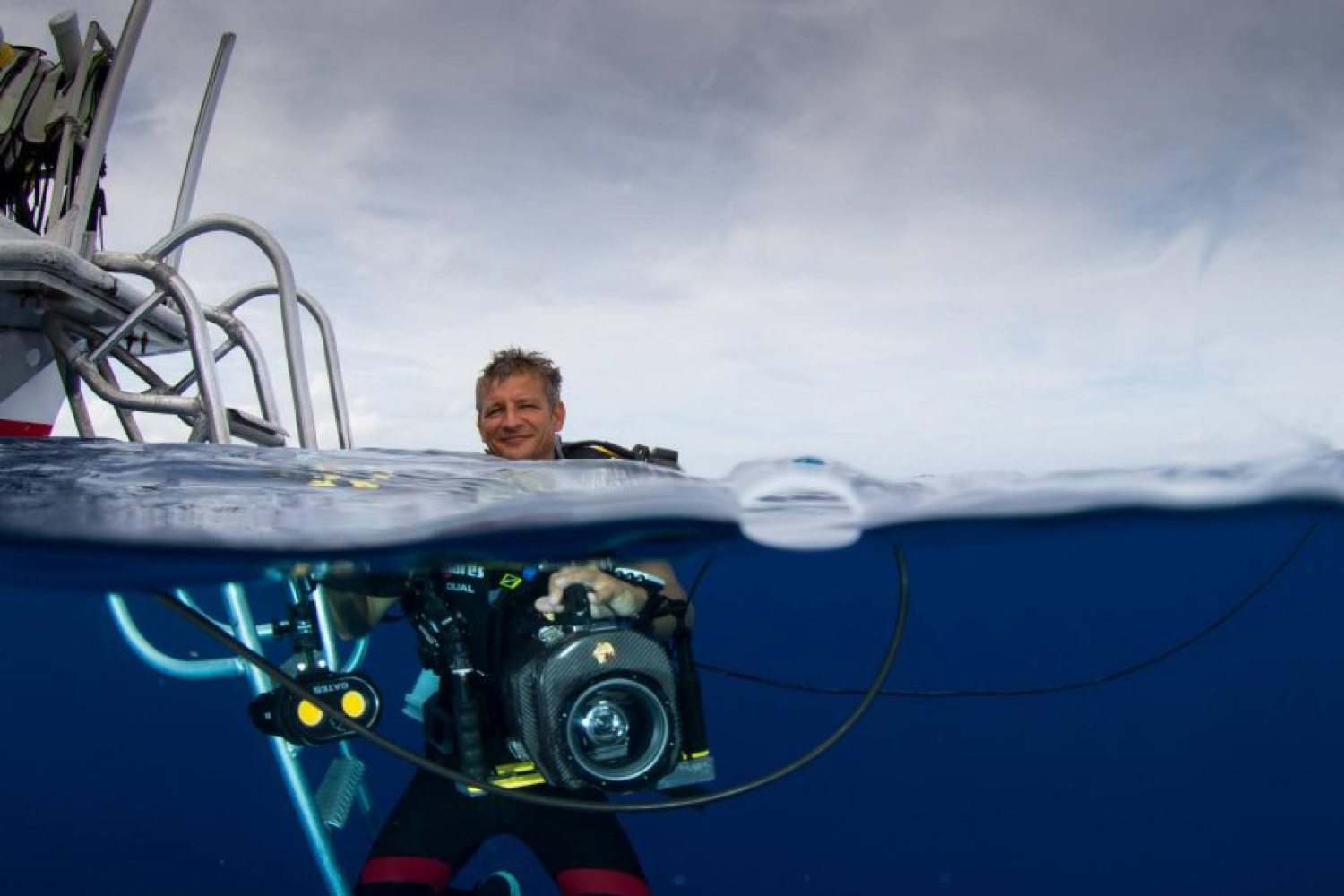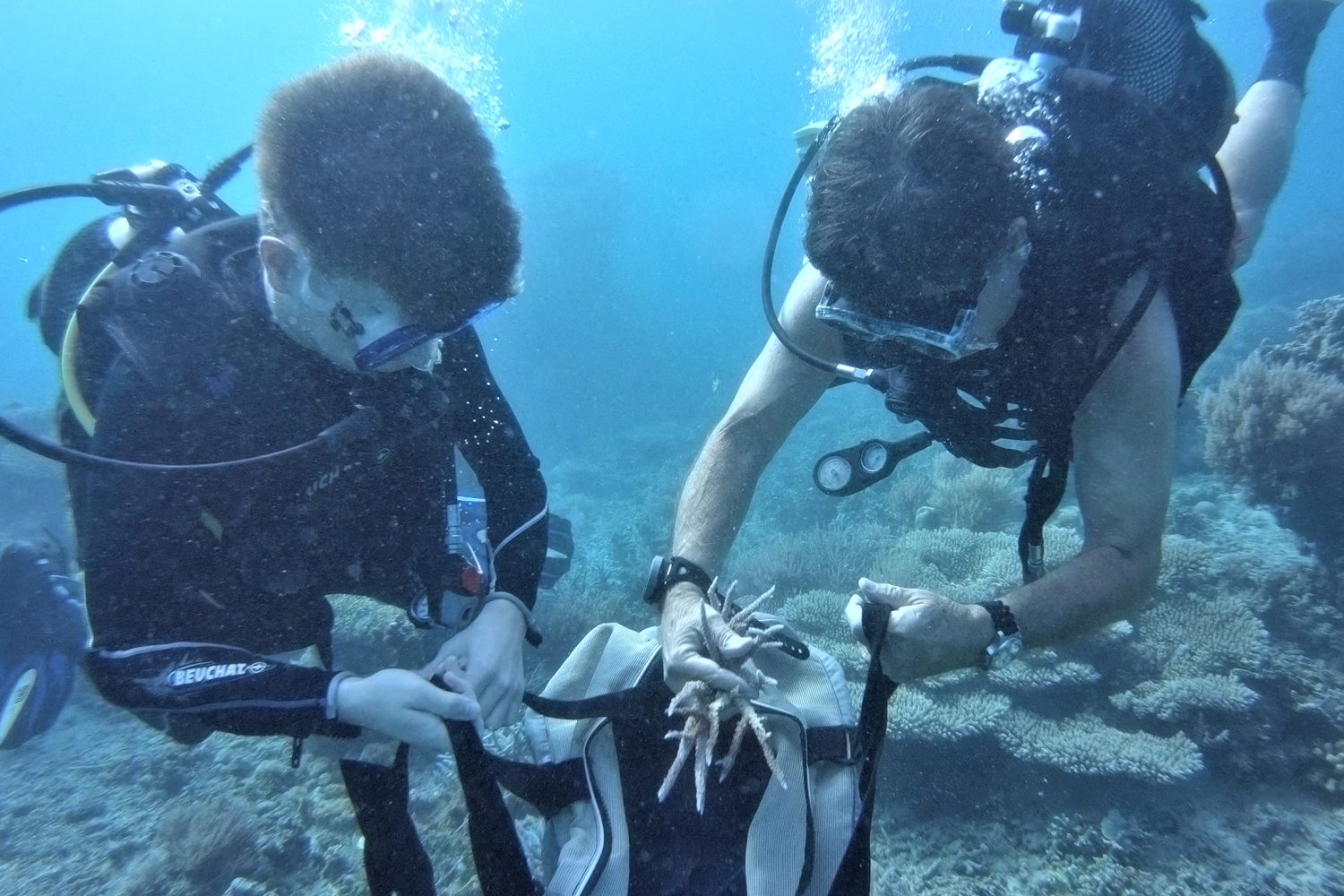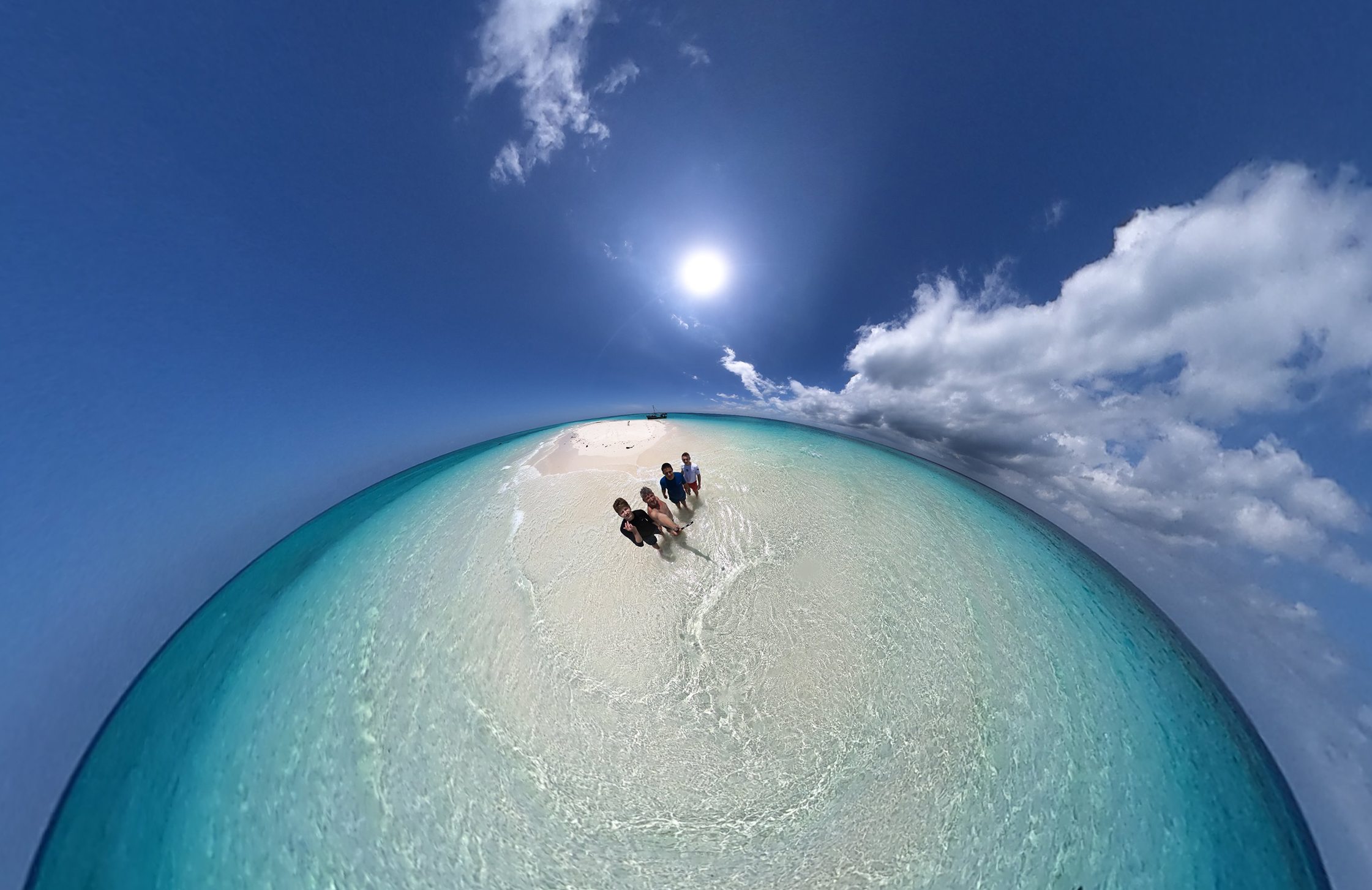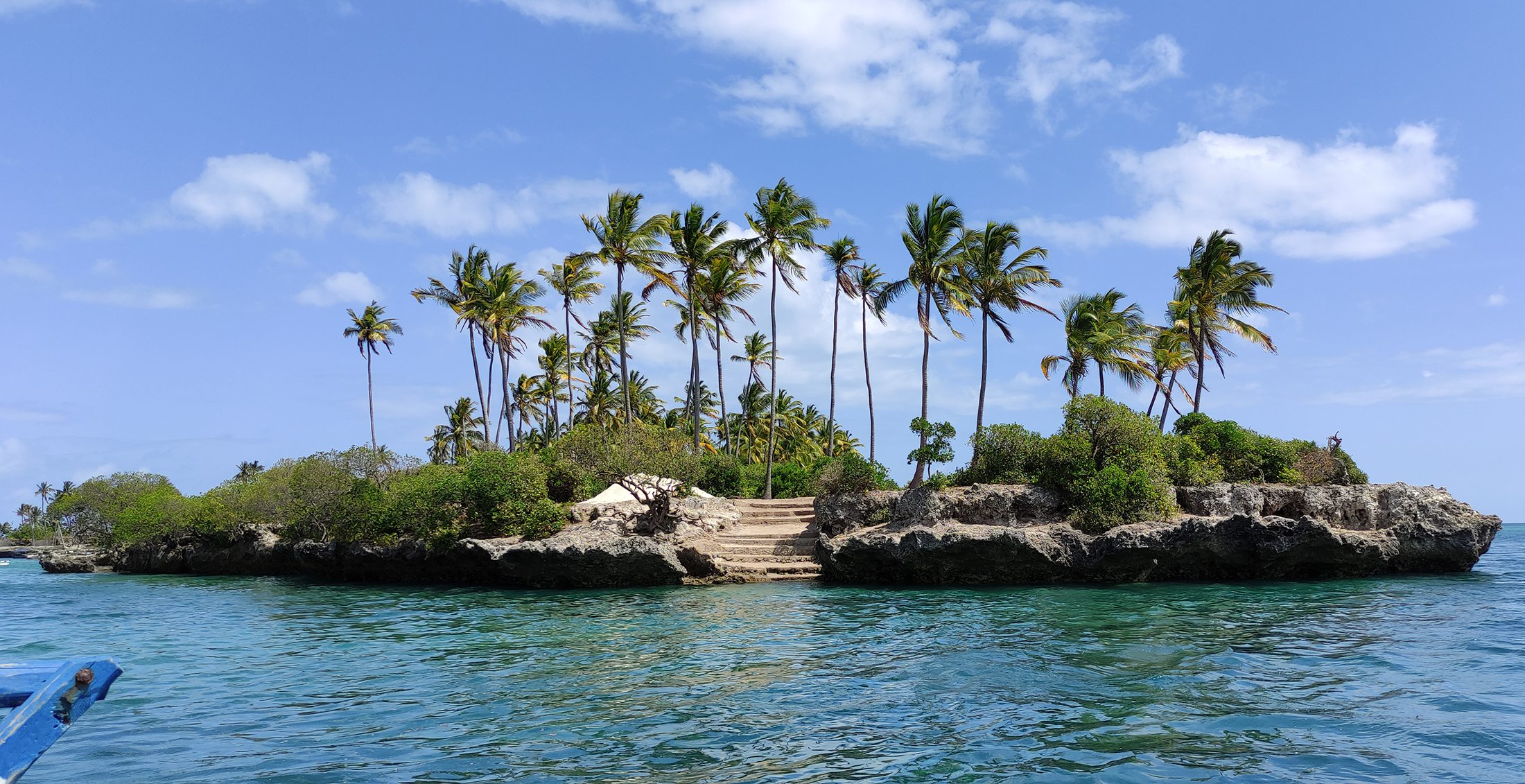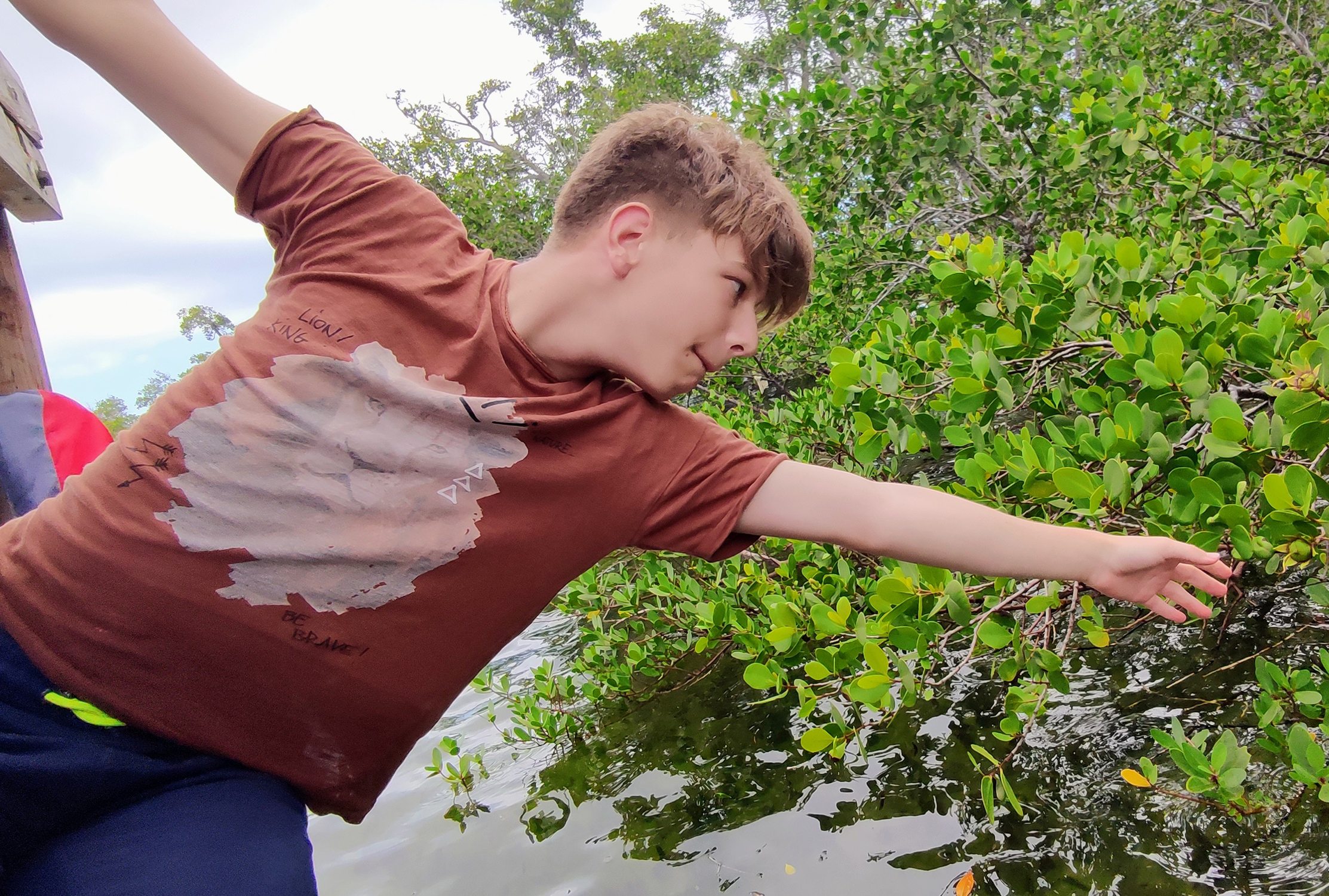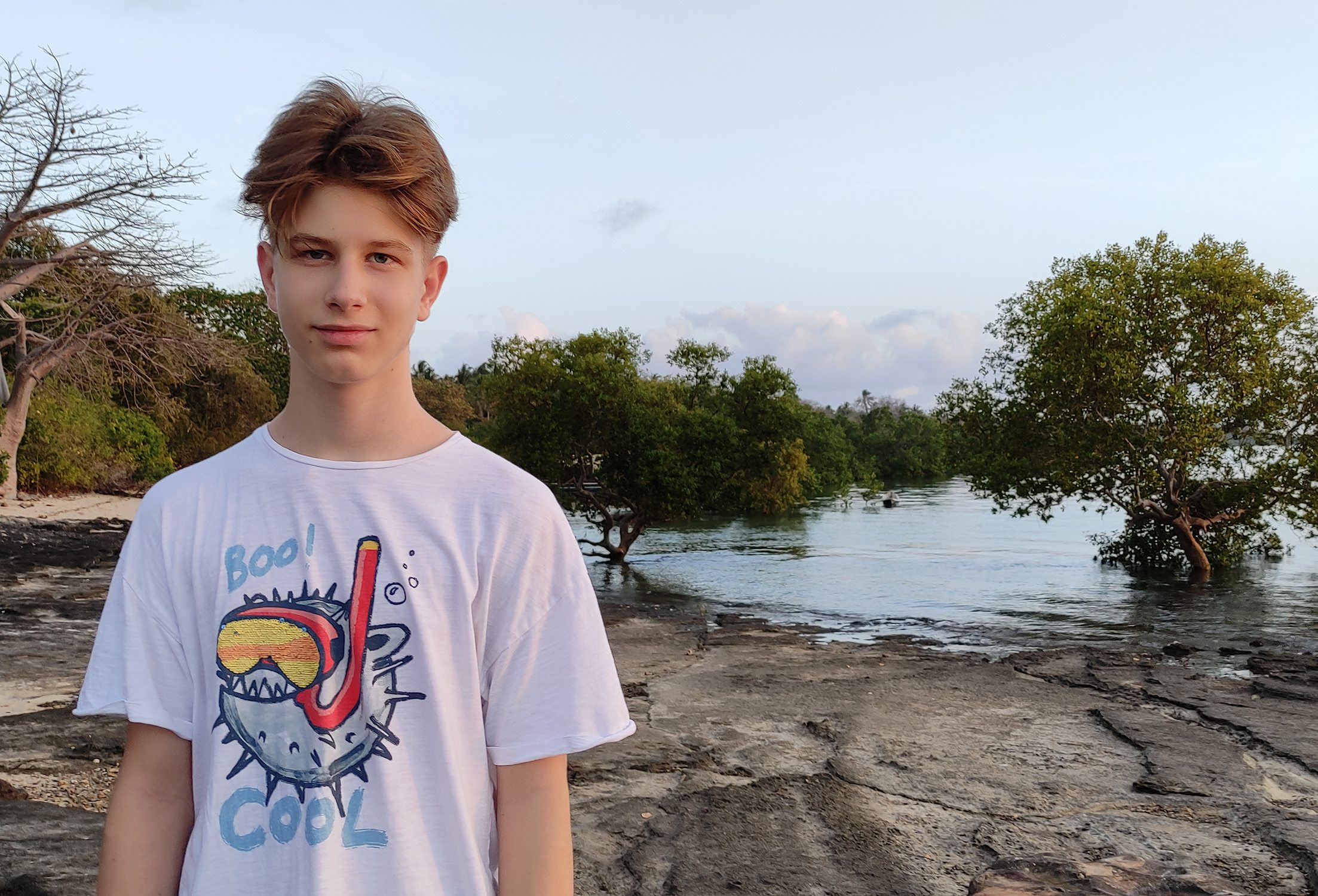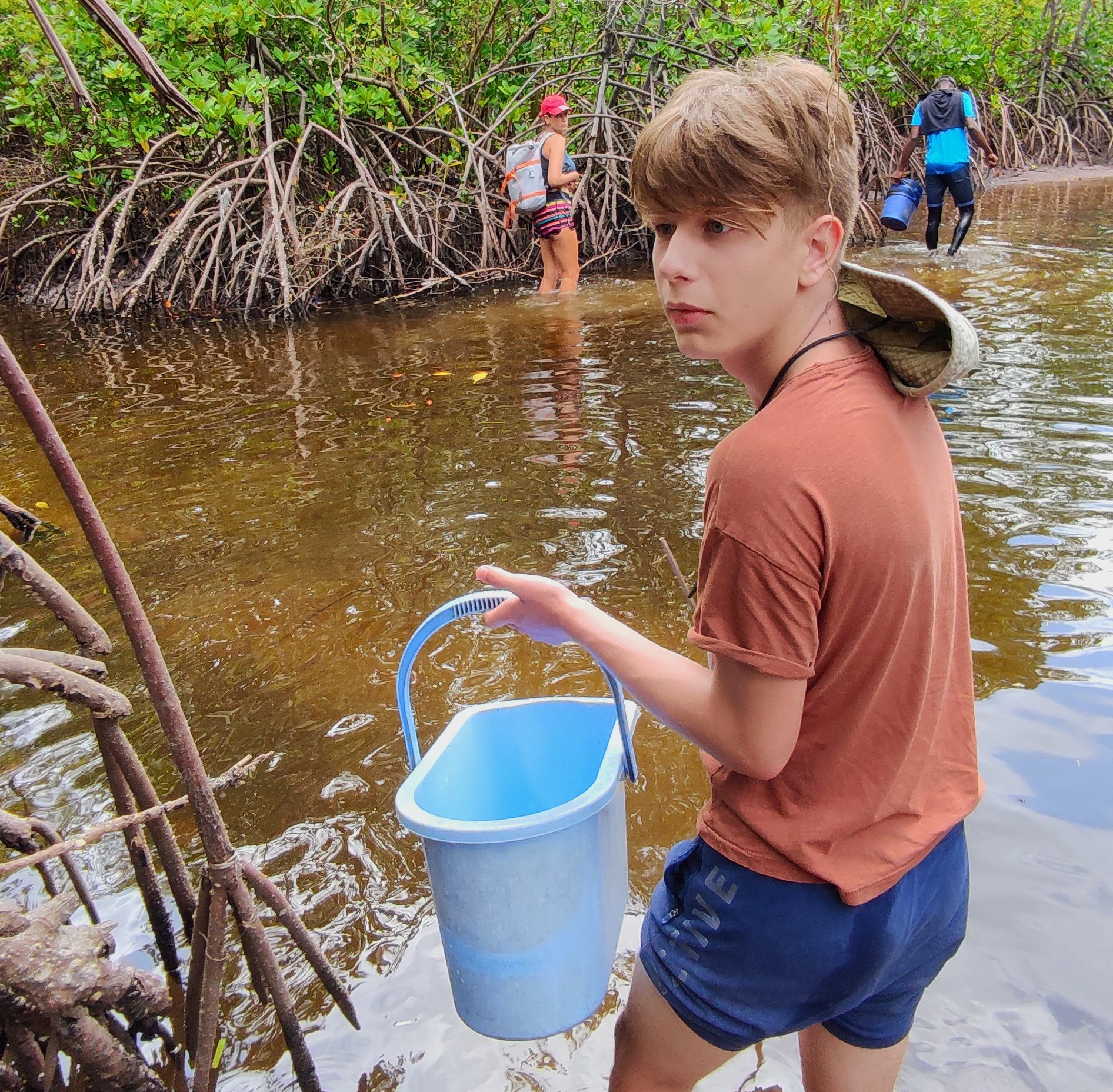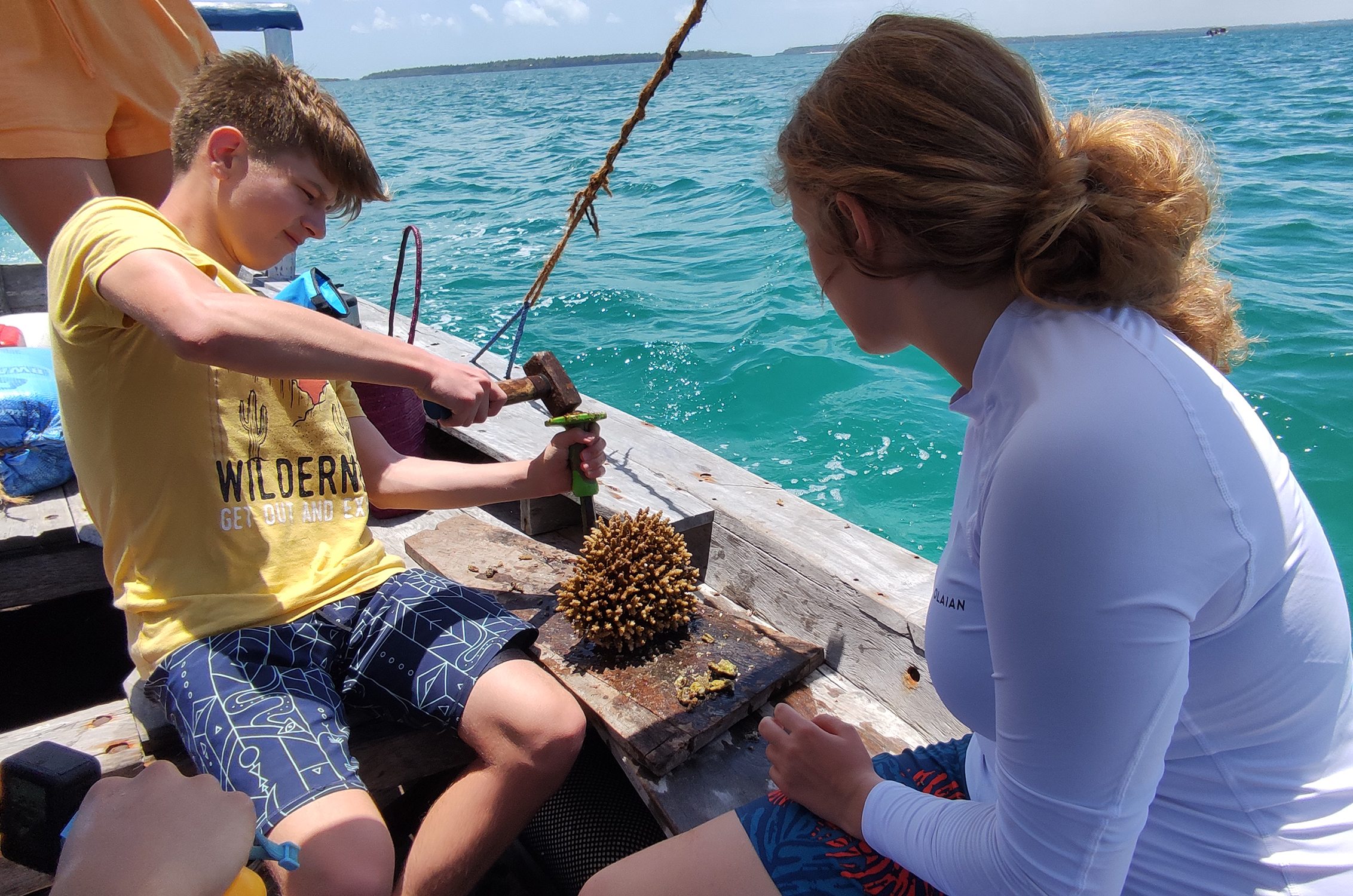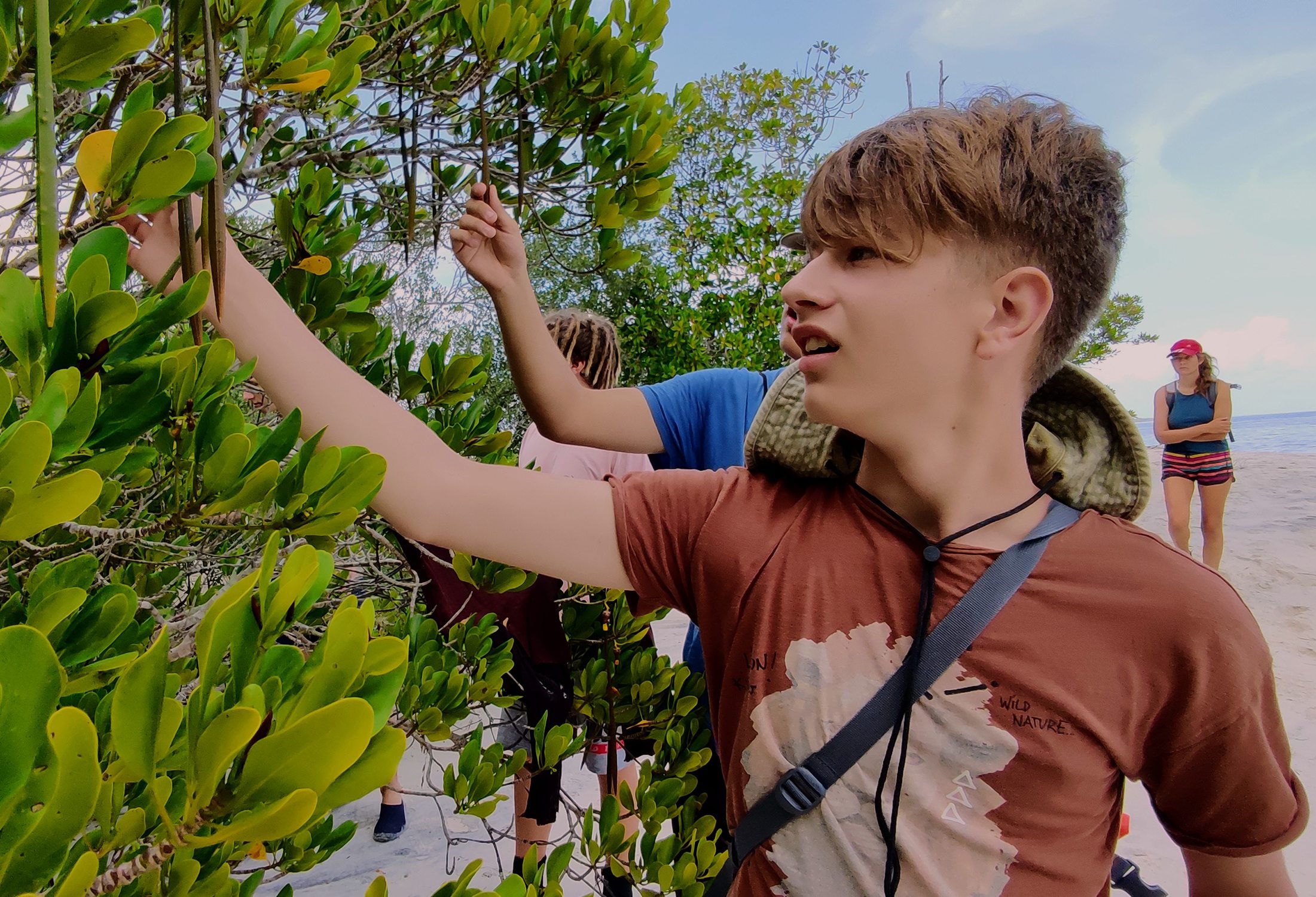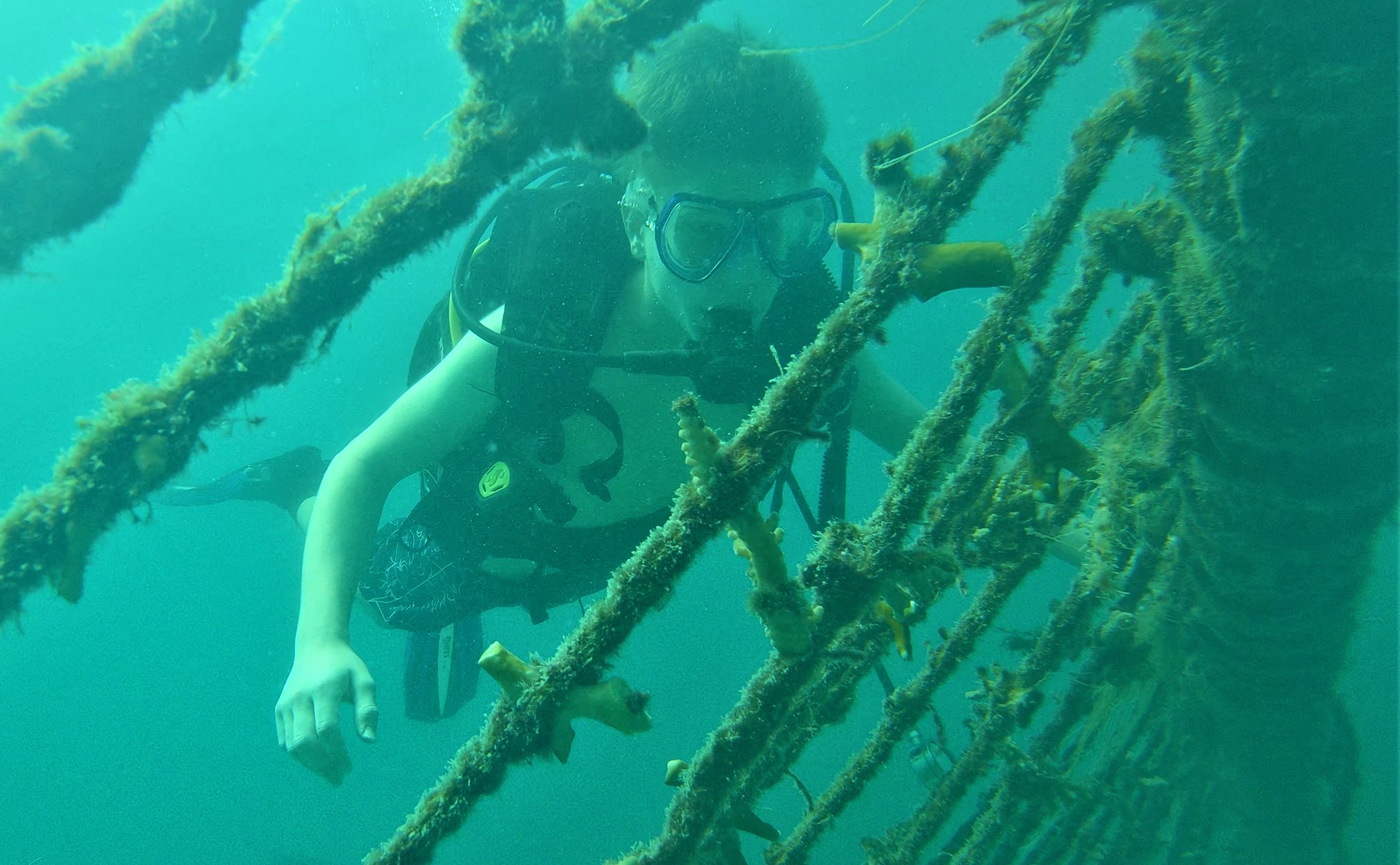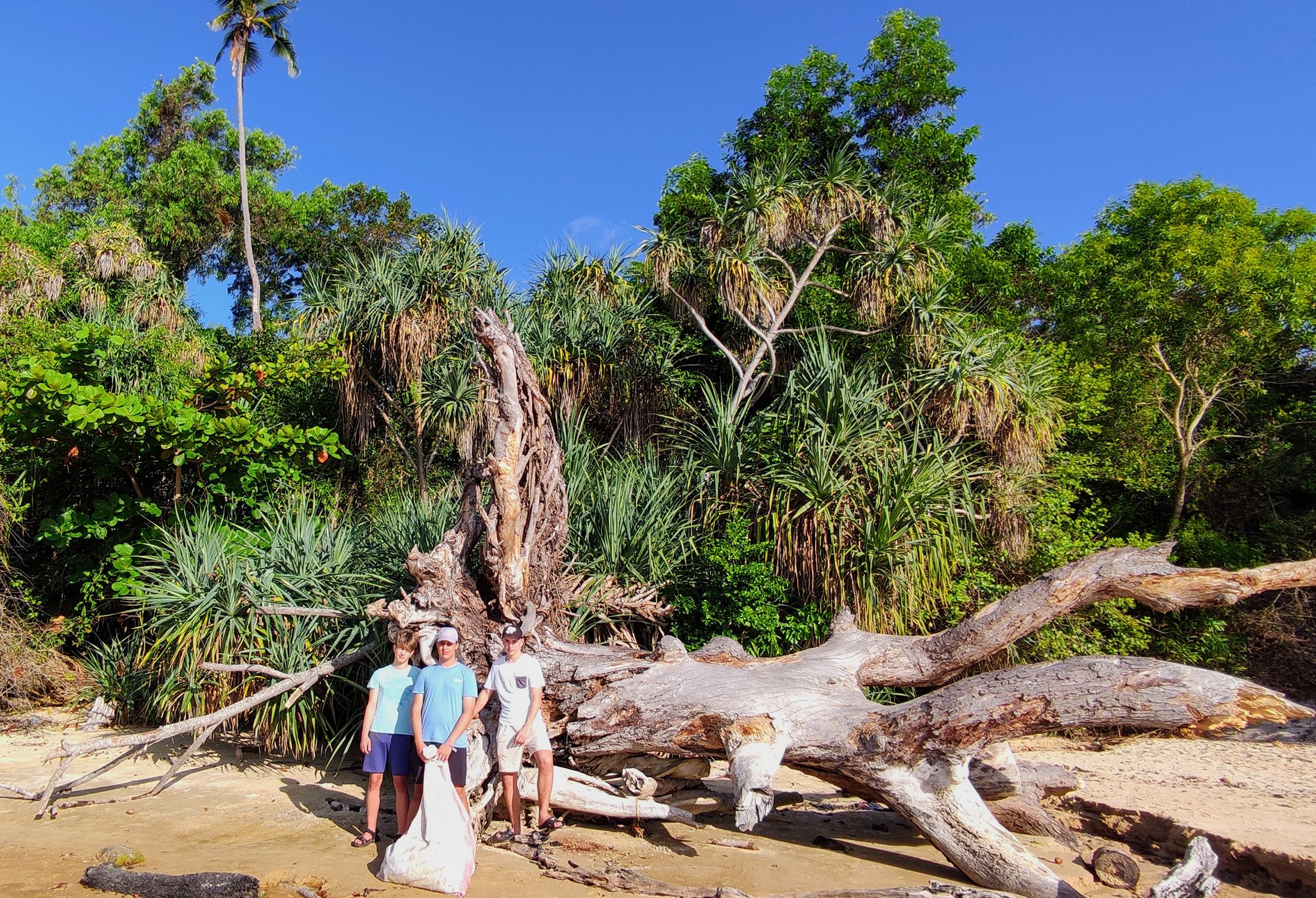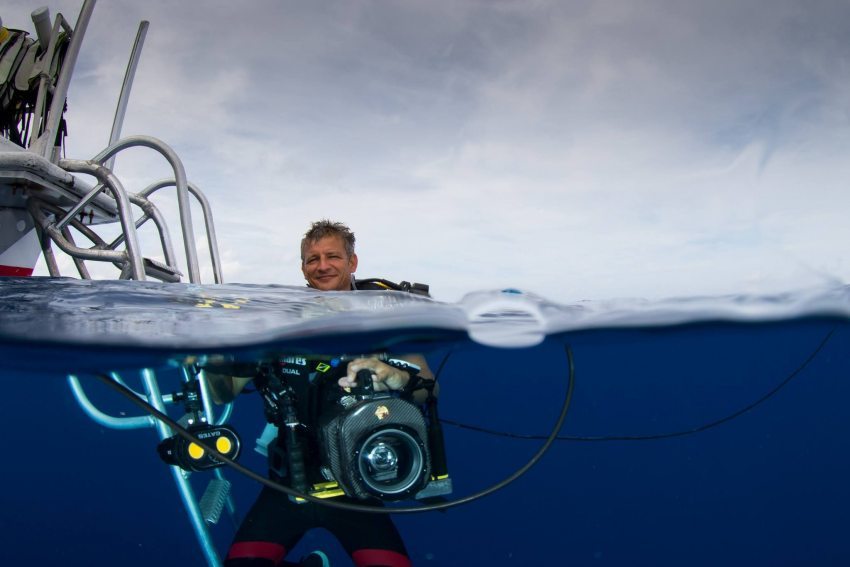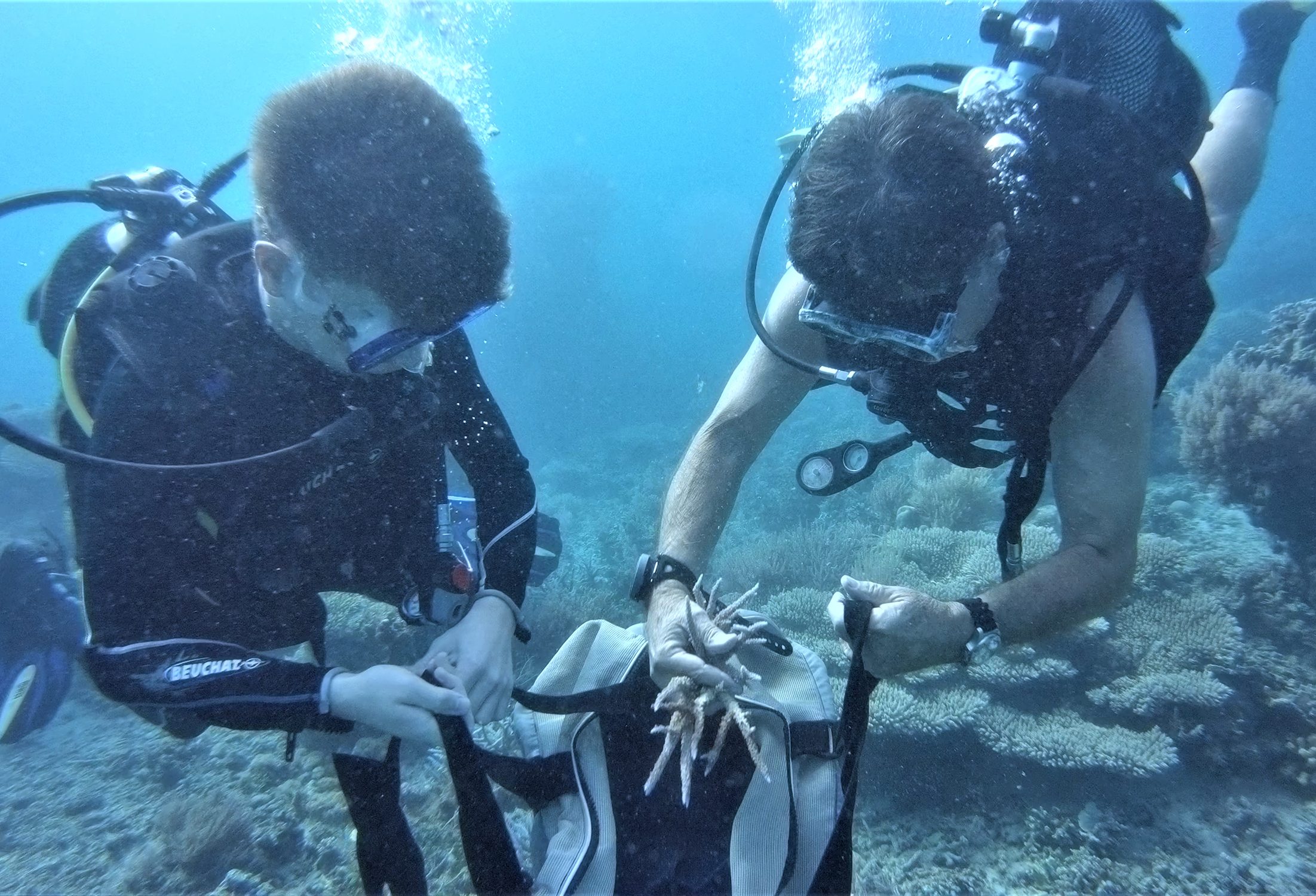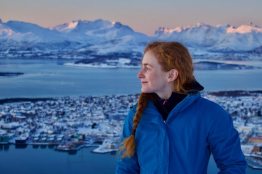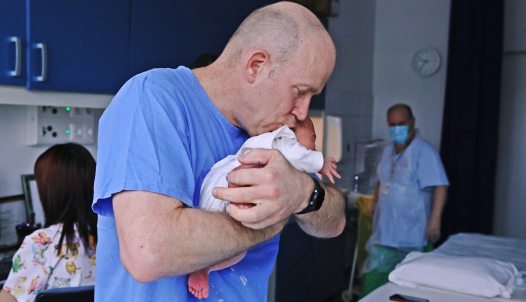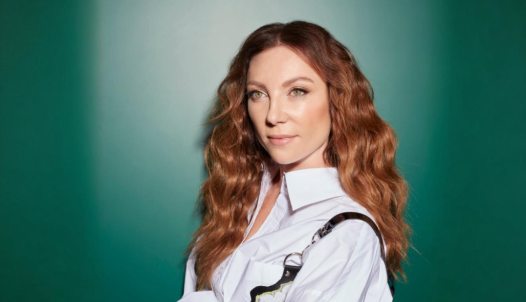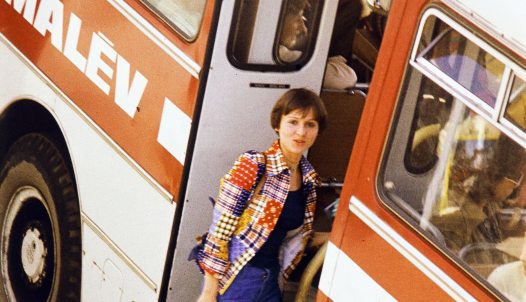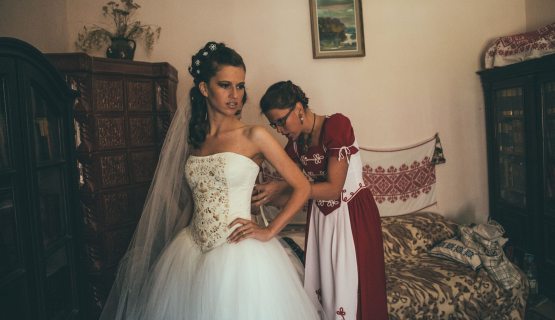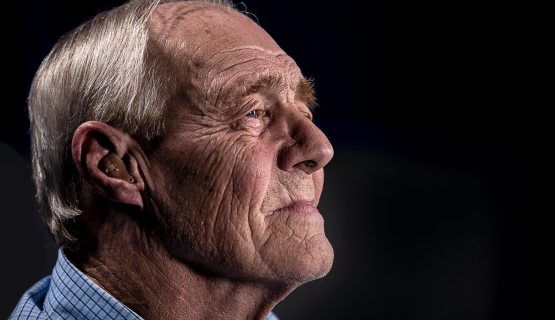Hungarian marine biologist rebuilds coral reefs with his teenage son
Marine biologist Emil Karáth almost drowned twice as a child, but despite - or perhaps because of - this, the water became his life. In our previous interview, we wrote about the adventurous life of the diver/cameraman. This time, he and his son, 14-year-old Emil, talk about their trip to Tanzania, where they built the environment and the future of the planet by planting coral and mangroves.
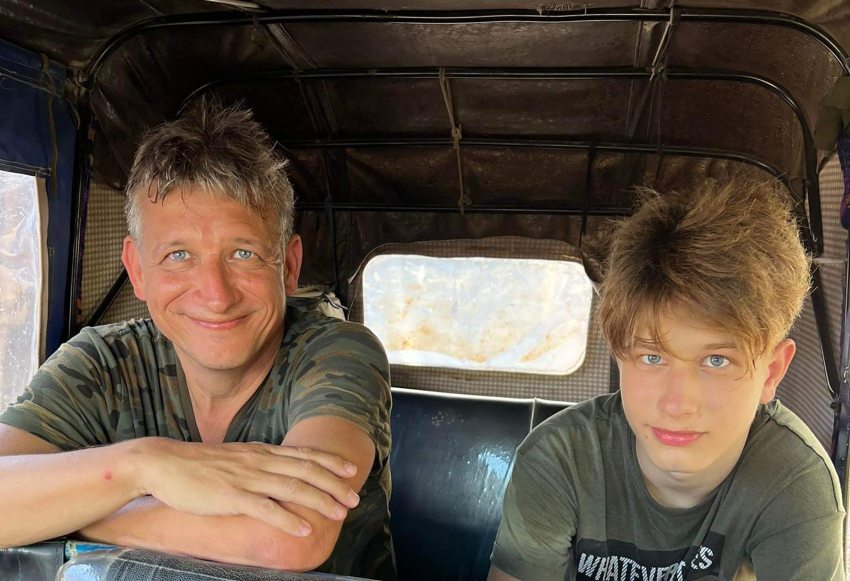
What will you be when you grow up, Emil?
Emil Karáth Jr.: Some kind of biologist.
A marine biologist perhaps, like your father? Are you also attracted to the deep?
Jr.: My parents took me to swimming lessons from a very early age, later on, I learned to dive and passed the diving exam. I did my first open-water dive two years ago in the Maldives, so it is indeed possible that I would like to do marine biology.
Emil Karáth Sr.: When teaching him to swim diving wasn't the priority, but rather the water safety. Mostly because of a bad childhood experience I had, I wanted them to learn to swim as soon as possible.
When you were a little boy and accidentally got sucked down a drain in a pool and almost died...
Sr.: No, that’s a different story. When I was four, I fell out of the rubber ring in Lake Balaton, I could barely breathe, and I was drifting in the deep water, till I was pulled out. On the shore, I was turned upside down like in a cartoon to cough up the excess water. I didn't want that to happen to my children.
Do you think that maybe the trauma made you want to regain control of the water and this got you into marine biology?
Sr.: Maybe… Not consciously, that's for sure, but the fact is that I almost drowned twice. People thought that I would never even put my toe into the water again but in the end, it was not traumatic.
You have just returned from your first trip to Tanzania together, which you described as a trip about regenerative tourism. What does that mean?
Sr.: In the summer of 2021, while volunteering, I met a professor of biology who is setting up a coral gene bank in Tanzania.
For example, if a coral reef is destroyed for some reason on any coastline in East Africa, the gene bank can be used by experts to rebuild the reef.
We set up a coral nursery, which has been expanding ever since. The professor gave a presentation at a conference on, among other things, the development of a new kind of tourism. In the case of "classic tourism", we do not pay attention to how much trash we leave behind, or how much we damage our environment. With ecotourism, we pay more attention to our environment, to avoid leaving a big ecological footprint if possible. And the point of regenerative tourism is that when you go somewhere, you have a positive impact on the area you are visiting. The corals we strung up in the nursery will only become coral reefs decades from now, I won't even see them, but my children and their generation will. So I wanted them to get involved in this work.
Jr.: So during our ten-day trip, we contributed to the conservation of the underwater world around the small island by expanding the coral nursery, giving the tiny corals a chance to breed in a protected environment. Together with the kids, we cleaned up the stretch of beach near where we lived.
Did you know the people you went on the trip with before?
Jr.: The first time I met the boys was when we went to the dive shop to buy their equipment, and we became good friends on the plane. Four of us flew from Budapest and the others joined us in Dar Es Salaam. From there we flew together to Mafia Island. In total, there were five children and three adults. One of the boys was 14 years old like me, two 16-year-old boys and an 18-year-old girl were also with us.
How did they find your program?
Sr.: After our interview appeared on kepmas.hu, one of the mothers read the article about me. She contacted me because her son and his best friend used to go to a nature conservation kids camp but as they turned 16 they had "grown out of it". He found the program exciting. So the boys wanted to join us. But for those interested, all the information can be found on our association's website anyway.
How do you remember the arrival?
Jr.: We were travelling for a whole day.
Our first accommodation was in a baobab tree, where there was only electricity until 4 pm, and we had to light the kerosene burner with fire to have hot water for showers.
When we arrived on the island of Chole, we visited the nearby village and the local school. It was interesting to see that here the girls sat separately from the boys, as the coastal part of the country is Muslim. After that, an elderly woman took us to a muddy beach where she was rotting the coconut fibre that is used to make the rope for the coral nursery. She showed us the process that goes into making a rope. It was interesting to see how a coconut eventually becomes a thick rope.
Sr.: I wanted them to see this process before we go underwater so that they’d have an idea of how we are preparing for coral restoration. We will be attaching tiny but healthy pieces of coral to these ropes. It is important to us that the materials used in the coral nurseries are made from natural materials, but also that the women of the island have a job through this.
Jr.: The next day, my dad and I got up earlier than the others because we went to a place where fishermen had blown up the reef earlier. We wanted to find usable, healthy pieces of coral for the nursery. When we got home, the others were having breakfast.
What did you eat?
Sr.: Seafood, fish, rice, fruit, vegetables, and we even tasted the fruit of the baobab tree – on top of the muesli. It doesn't have much taste, but it's rich in vitamins and minerals.
How did you start coral restoration?
Jr.: We broke the corals into pieces the size of a finger and placed them on the coconut rope a palm width from each other. We worked in teams, one holding the rope and measuring the distance, the other inserting the coral into the rope. Then we took them underwater and attached them to bamboo poles.
Sr.: The coral nursery actually looks like a huge underwater clothes rack.
What other programs have you participated in?
Jr.: For example, we went to the blue lagoon, which was a place where everything was determined by the tide. When we got there, the problem was that the water was still very shallow and the boat got stuck.
Sr.: We arrived 15 minutes before high tide. The kids jumped out, as they too had to push the not-so-small boat. It was an adventure!
Jr.: The next day we collected red "mangrove seeds" in waist-deep water.
Sr.: Mangrove is used by the locals as building material and fuel.
But what is very important is that this plant binds five times as much carbon dioxide as our forests, and if, say, a tsunami were to hit, the trees would slow the waves, so there would be less damage to the settlement.
Jr.: In the evenings, we listened to lectures where dad shared interesting information about the ecology of mangrove forests and their important role in the carbon cycle. It was interesting to learn that mangroves reproduce by dropping small plantlets into the mud where they grow roots. So we got involved in mangrove planting, too.
What was your best experience?
Jr.: It's hard to choose, but swimming with the whale sharks was special.
Is their migration route there?
Sr.: The world's largest marine fish spend their time there between September and March. Of course, they are not there by magic, the area is one of the stops on their migration route. Every time we went out, they were there.
Jr.: We were very lucky! On the first day, we saw some that were up to 15 meters long. They were very fast, but when Anna and I swam past the head of one of the whale sharks, it spotted us and slowed down so we could swim together. It was a really nice one! One time they surrounded dad, almost in a yin-yang formation, and it looked like they were so close they were about to squash him, but in reality, it was something completely different.
How do you swim with a whale shark?
Jr.: Not everyone knows the rules. You have to be at least 2 meters from it. On the first day, the professor told us how to behave when swimming with whale sharks.
Sr.: Unfortunately, not everyone abides by the ethics of swimming with whale sharks.
Jr.: The rule is that there can be a maximum of ten people around the animal because they are disturbed by the bustle.
You organized the programs within the recently formed Kids For The Oceans Association. What else does this organization do?
Sr.: Within the association, we would like to launch an educational program for primary and secondary school students entitled "Dive with us".
These one-lesson-long lectures would fill a gap, as children do not learn about these ecological processes at all in school.
We believe it is important that students have access to up-to-date information on sustainability and the environment. The 45-minute sessions will give children a unique insight into the world of the seas: they will be able to dive with us into the depths of the sea using VR glasses. This will allow many students who might not otherwise be able to do so to get up close and personal with marine life. We are currently working on purchasing VR goggles and are looking for donors.
